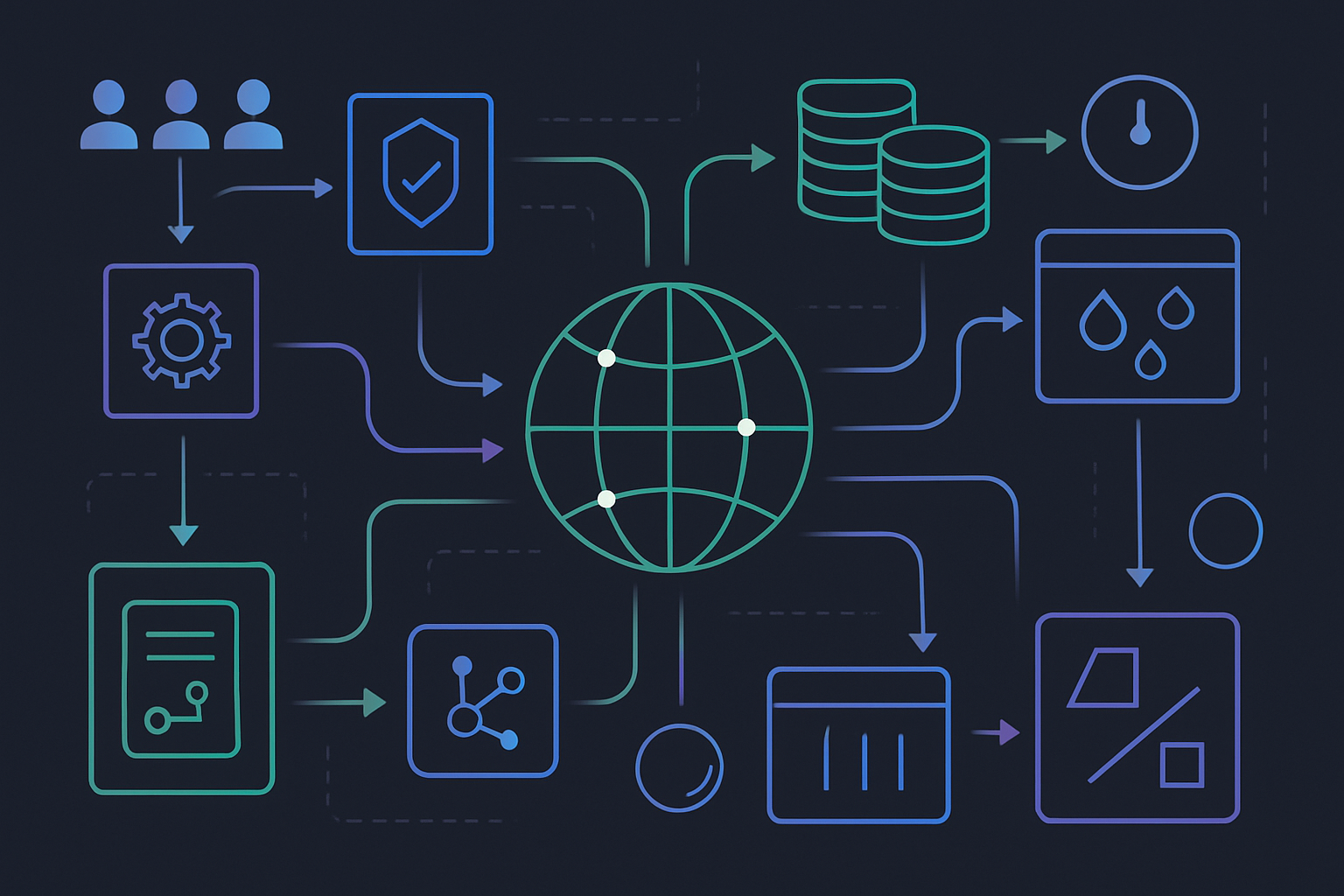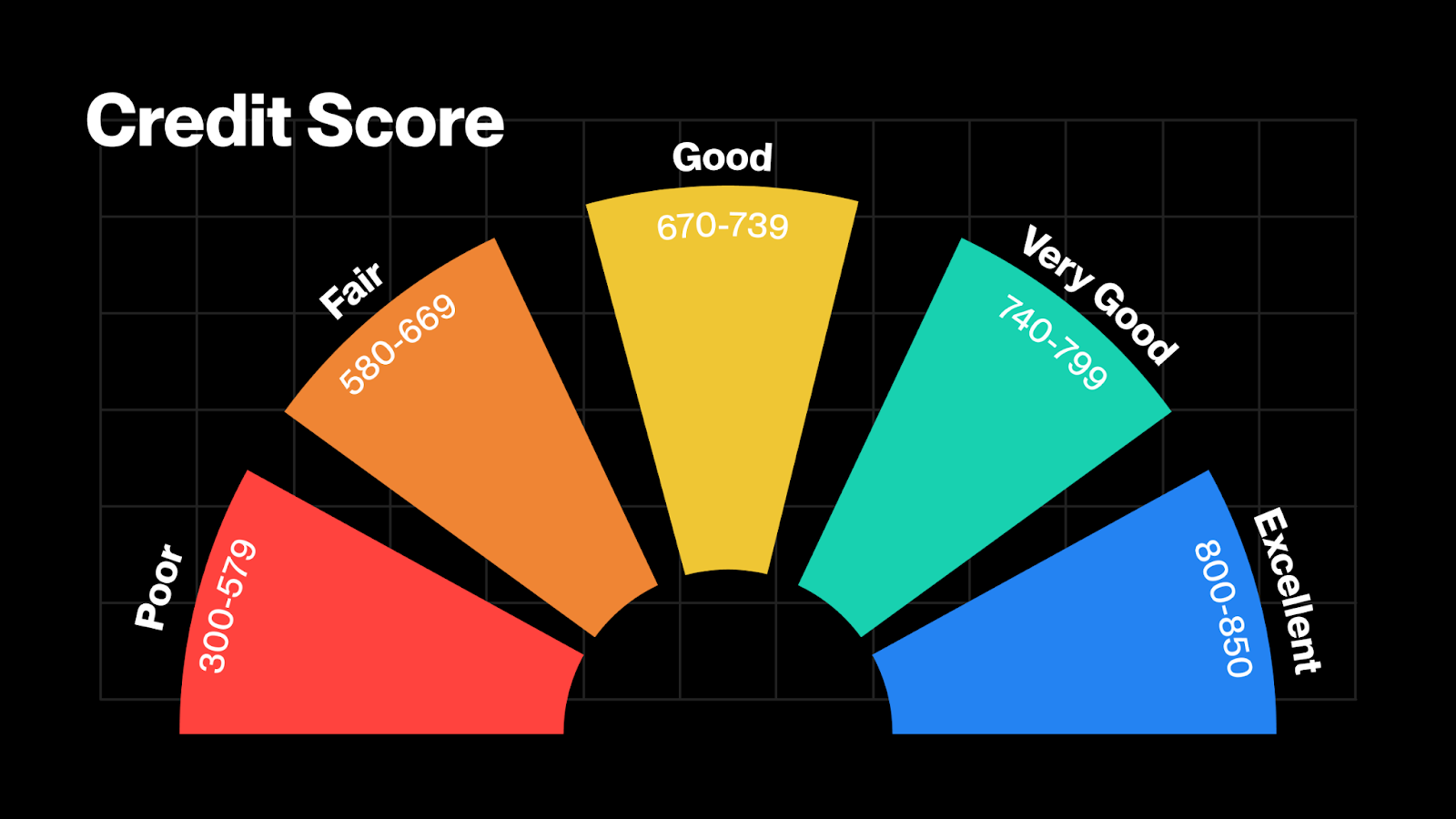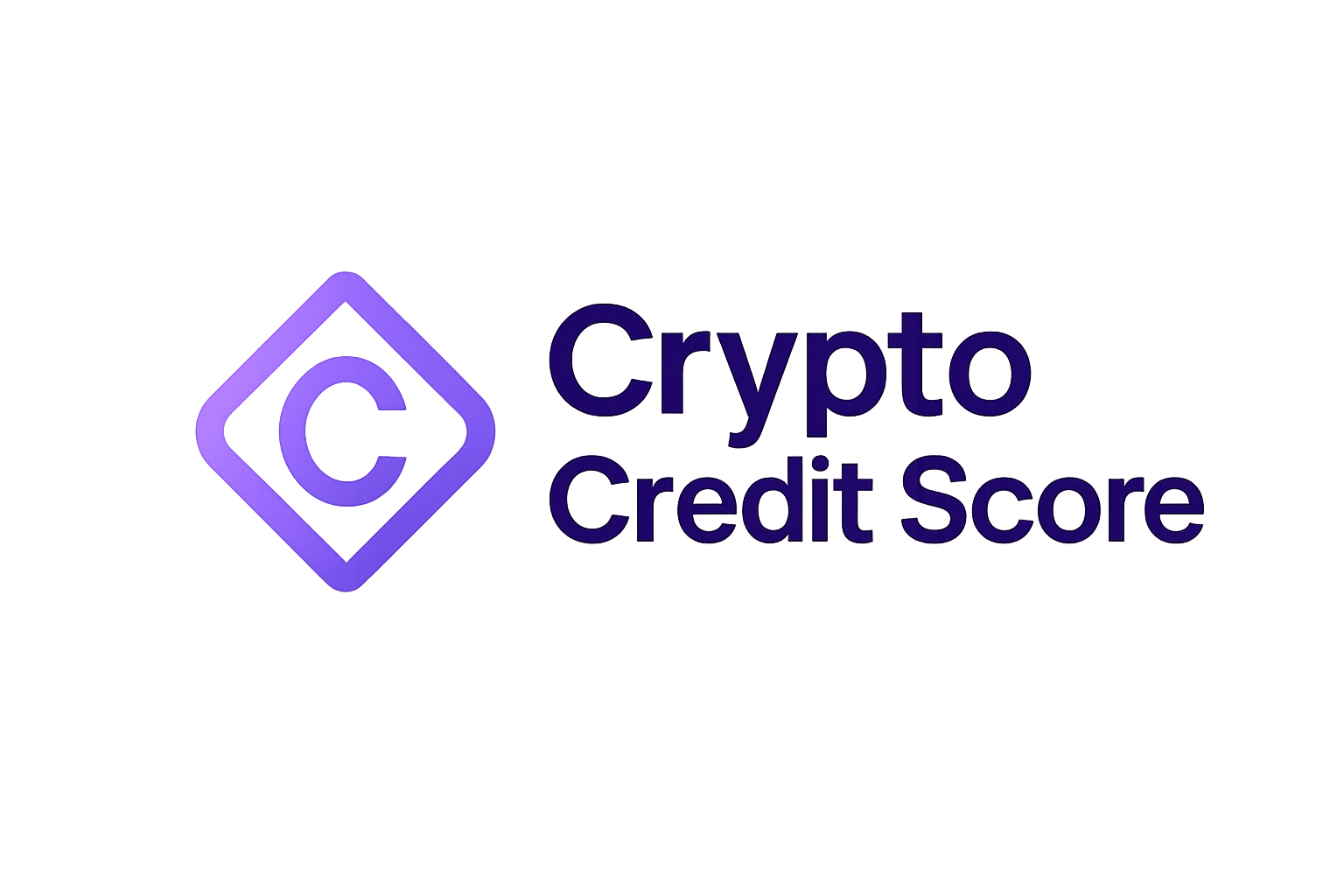
Decentralized finance (DeFi) has long promised open, borderless access to capital. But for years, its lending markets have been constrained by a stubborn challenge: risk. In the absence of reliable credit data, DeFi lending protocols have defaulted to over-collateralization, requiring users to lock up assets worth far more than their actual loan amounts. This system protects lenders but leaves billions in idle capital and excludes those without deep crypto holdings from meaningful participation.

From Overcollateralization to Credit-Driven Lending
The emergence of on-chain credit scores is now rewriting the rules of DeFi borrowing and lending. Instead of judging all users as equally risky, new protocols analyze rich blockchain data, wallet histories, repayment records, protocol interactions, and more, to build a nuanced picture of each participant’s reliability. This innovation unlocks the possibility of undercollateralized loans, where trusted borrowers can access funds with less (or even no) collateral locked up.
Consider how this shift is already playing out:
- RociFi issues Non-Fungible Credit Score (NFCS) tokens based on on-chain behavior, letting users with higher scores borrow with lower collateral requirements.
- TrueFi combines on- and off-chain data for its blockchain-based credit model, successfully originating over $100 million in unsecured loans without defaults.
- Spectral, ARCx, and Reputation DAO all leverage users’ transaction histories to dynamically set loan terms and open DeFi’s doors to previously excluded populations.
This new breed of decentralized credit scoring is not just a technical upgrade; it’s a fundamental transformation that could bring trillions in untapped capital into the DeFi ecosystem.
The Mechanics: How On-Chain Credit Scores Work in Practice
An on-chain credit score distills a user’s blockchain activity into a single metric or profile. Algorithms evaluate factors such as:
- Lending and borrowing history across multiple protocols
- Punctuality and volume of repayments
- Diversity and longevity of wallet activity
- Participation in liquidity pools or governance votes
- Total value locked (TVL) and asset mix over time
This approach mirrors traditional credit scoring but replaces opaque financial records with transparent, verifiable blockchain data. Importantly, it allows individuals without conventional banking access or FICO scores to build financial reputations through their Web3 actions alone.
Lenders can then use these scores to:
- Dynamically adjust interest rates based on real-time risk profiles;
- Offer variable collateral requirements;
- Select borrowers for unsecured or undercollateralized loan products.
The result? Capital efficiency soars, more funds can be lent out against the same pool of assets, while responsible actors are rewarded for their good behavior on-chain.
Beyond Collateral: New Opportunities and Persistent Challenges
The implications reach far beyond simple cost savings. By making risk assessment both transparent and programmable, on-chain credit unlocks new forms of trustless cooperation between anonymous parties globally. For example:
- A developer in Kenya can build her reputation by consistently repaying small loans via smart contracts, then qualify for larger sums without ever submitting paperwork or visiting a bank branch.
- A DAO treasury can allocate funds more efficiently by assessing protocol contributors’ historical reliability before issuing grants or bounties.
This paradigm shift also brings challenges: ensuring data quality across fragmented chains, preventing manipulation or Sybil attacks, maintaining privacy while enabling verifiability, and navigating evolving regulatory expectations around algorithmic decision-making. Still, as AI-driven models mature and cross-protocol standards emerge, the trajectory is clear: decentralized credit assessment will underpin the next era of global finance.
DeFi’s transition to credit-driven lending isn’t just a matter of efficiency, it’s a leap toward genuine financial inclusion. For the first time, users can cultivate a blockchain-native reputation that transcends borders, intermediaries, and legacy systems. This is especially meaningful for the billions worldwide who lack access to traditional credit infrastructure but are active in digital economies.
Protocols like RociFi and ARCx are already demonstrating how dynamic, on-chain reputations can unlock uncollateralized loans for responsible participants. As these models evolve, we’re witnessing the emergence of a decentralized “credit bureau”: but one that is open-source, permissionless, and privacy-preserving by design.
Unlocking Trillions: The Macro Impact on DeFi Markets
The macroeconomic implications are profound. By lowering capital barriers and rewarding good on-chain behavior with better loan terms, DeFi protocols can attract not just crypto natives but also institutional capital seeking yield with transparent risk metrics. According to industry research, integrating robust on-chain credit scores could bring trillions of dollars in idle capital into DeFi lending markets over the next decade.
Imagine a future where:
- DeFi protocols compete on the accuracy and fairness of their credit scoring algorithms.
- Lenders price risk dynamically, adjusting terms in real time based on borrowers’ evolving blockchain reputations.
- Borrowers build portable reputations, using their Web3 credit profiles across multiple platforms, without ever revealing sensitive personal information.
This evolution will not only expand access but also drive innovation in risk management tools, insurance products, and cross-chain interoperability as projects race to capture this new market share. To learn more about how undercollateralized lending is reshaping DeFi’s future, see our deep dive: How On-Chain Credit Scores Enable Undercollateralized Lending in DeFi.
What’s Next? Standards, Privacy and Real-World Integration
The path forward will require careful attention to privacy-preserving analytics and standardized scoring frameworks that work across different blockchains. Open questions remain around governance: Who sets the rules for what counts as ‘good’ or ‘bad’ behavior? How are disputes resolved if scores are manipulated or data is misreported?
There’s also growing interest in connecting decentralized credit systems with real-world financial data, think income verification via zero-knowledge proofs or hybrid models blending off-chain attestations with on-chain activity. Projects like Reputation DAO are pioneering these bridges between Web3 and traditional finance.
Ultimately, as decentralized credit scoring matures, it promises not just to disrupt legacy lending but to create entirely new classes of financial products, tailored microloans for emerging markets, programmable lines of credit for DAOs, or even autonomous undercollateralized lending pools governed by smart contracts alone.






